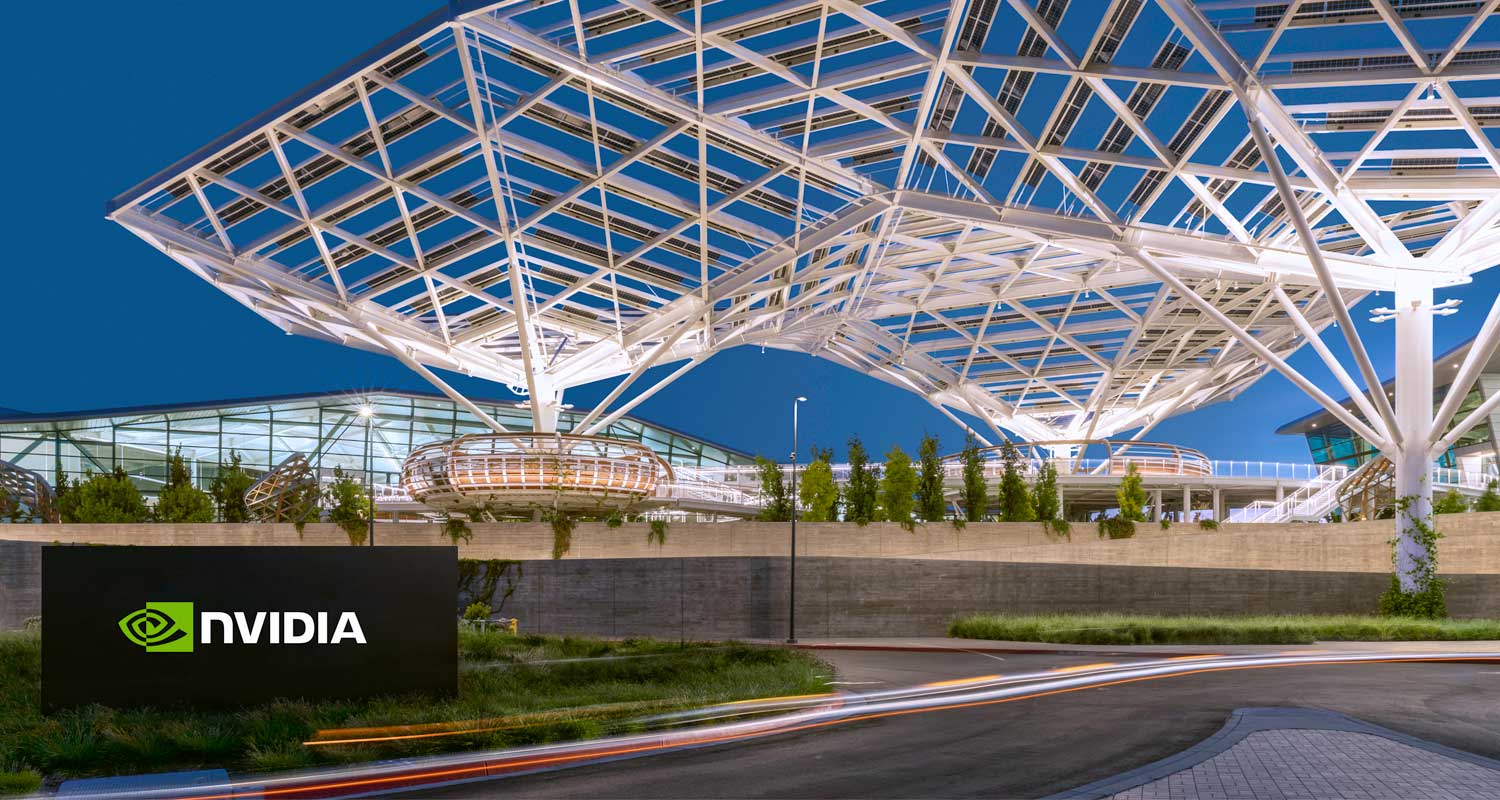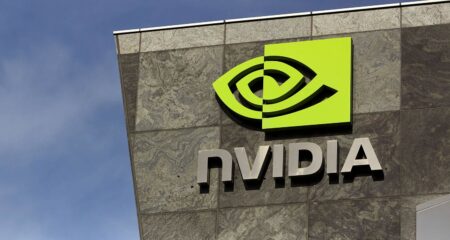 For years now, stock traders have been getting so rich betting big companies will get even bigger that they’ve forgotten what a bubble looks like. They’re going to find out thanks to Nvidia.
For years now, stock traders have been getting so rich betting big companies will get even bigger that they’ve forgotten what a bubble looks like. They’re going to find out thanks to Nvidia.
So says Rob Arnott, renowned for his warnings on the dangers of bloated megacaps — and the designer of passive products for muting their supposed threat. Up 232% in 2023, Nvidia may be riding a revolution in computer science, but the stock is “a textbook story of a Big Market Delusion”, wrote the founder of Research Affiliates.
“Overconfident markets paradoxically transform brilliant future business prospects into even more brilliant current stock price levels,” Arnott wrote in a new research note, citing shares trading at around 110 times earnings. “Nvidia is today’s exemplar of that genre: a great company priced beyond perfection.”
Would Nvidia’s popping bring down the whole market? “It’s very possible,” Arnott said in an interview.
Strong opinions about alleged bubbles are nothing new for Arnott, an architect of the so-called smart-beta system of rewiring traditional indexes in ways that limit the influence of giant companies. He predicted in December 2020 that Tesla would be a drag on the S&P 500 after it became the biggest company ever added to the benchmark. The stock and the index are both up about 20% since he made that case.
Warnings about valuations have rained down on the Nasdaq 100 since long before Apple became the first trillion-dollar US company five years ago. The index has returned nearly 15% annually since 2008. And virtually every effort to beat the main exchange-traded fund tracking the index has failed.
Only one actively managed stock mutual fund in the US has managed to outperform the Nasdaq Invesco QQQ Trust Series 1 over the past five, 10 and 15 years, a Bloomberg Intelligence analysis by David Cohne found. It did so thanks largely to a heavy concentration in Tesla.
‘More cash than God’
“You don’t want to be in a situation at this point where you’re betting against continued US innovation and the impacts that can have on the economy,” said Steve Chiavarone, senior portfolio manager and head of multi-asset solutions at Federated Hermes. “These companies, they’ve got more cash than God. So, there’s a resiliency there, there’s balance sheets there that are altogether different than what you had a couple of generations ago.”
Arnott says he’s not opposed to capitalisation-weighted indexing, in which a company’s representation in an index is based on its market value. “If you just want to own the market, sure, cap-weighting is fine. But there are issues — and the most flagrant issue is that anything that is today overpriced relative to its future prospects is overweight in your portfolio,” he said.
Following the peak of the tech bubble in March 2000, the average stock in the S&P 500 rose by 25% over the next two years, while a cap-weighted index dominated by tech stocks fell by 21%. Arnott points to the list of tech firms that were the top 10 most-valuable at the peak of the dot-com bubble. None was able to beat the market by the time the next bull run peaked in 2007, and only Microsoft and Oracle are ahead today, two decades later.
The tech behemoths that have powered the Nasdaq 100 rally have been standouts for years as they became beneficiaries of scalable business models that allowed them to generate strong earnings and cash-heavy balance sheets. They look “fantastic” when viewed over specific time periods, including since 2014, when they really started to take off. “If you cherry-pick right now, you can’t beat the Qs.”

But bullish sentiment toward Nvidia — which leads the market in artificial intelligence processors — reflects too much certainty that its products won’t be displaced by competitors, he says.
Many investors are buying it with the assumption that its size — at roughly US$1.2-trillion — makes it a “safe play”. But it’s not “too big to fail”; it’s “too big to succeed”, according to Arnott.
“The risk that we’re wrong, that Nvidia’s off to incredible things and will go up another 10-fold in the coming 10 years is possible,” he said. “I would say it’s not plausible, and therefore I’m comfortable calling it a bubble.” — Vildana Hajric, with Subrat Patnaik and David Watkins, (c) 2023 NewsCentral Media




